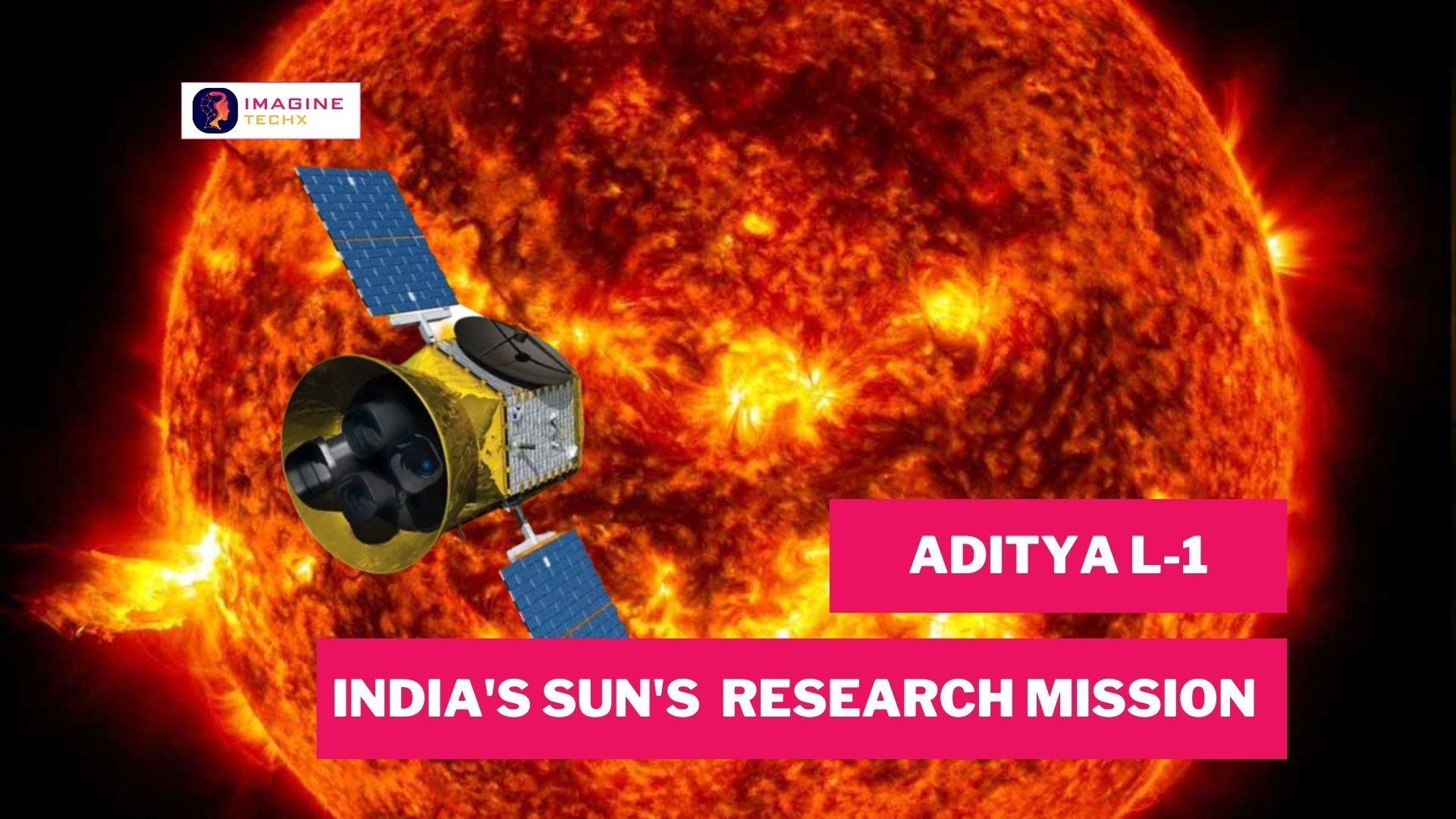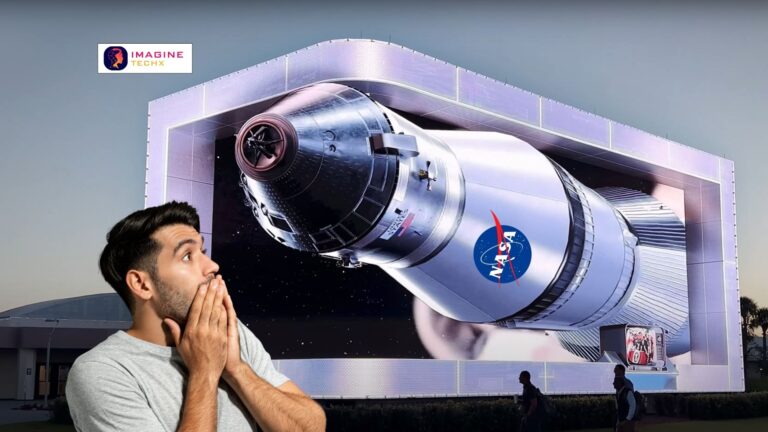Aditya L1: India’s Research Mission to Explore the Sun’s Secrets
 Introduction Of Aditya L1 India’s Pioneering Mission to Explore the Sun’s Secrets:
Introduction Of Aditya L1 India’s Pioneering Mission to Explore the Sun’s Secrets:
In the vast expanse of our solar system, the Sun stands as the radiant heart, casting its warmth and light upon the planets that orbit it. It has long been a subject of fascination and study, holding the key to understanding not only our solar system but also the broader universe. To delve deeper into the mysteries of this celestial giant, India has embarked on an ambitious mission – Aditya L1. This groundbreaking space mission aims to study the Sun in unprecedented detail and provide invaluable insights into solar dynamics, space weather, and more.
Aditya L1 Full Details:
| Mission Name | Aditya L1 |
|---|---|
| ISRO Aditya L1 Mission Launch Date | 2nd September 2023 |
| Time | To be Announced |
| ISRO Aditya L1 Budget | Rs 400 Crore |
| Objective of Aditya L1 | To Study the Gas Pattern, Coronal Heating & Solar Wind Acceleration |
Aditya L1: A Glimpse into the Mission:
Aditya L1 is poised to be a trailblazing Indian space mission dedicated to the comprehensive study of the Sun. It is designed to be the first spacecraft ever to be stationed in a halo orbit around the Lagrange point 1 (L1) of the Sun-Earth system. This strategic location, situated approximately 1.5 million kilometers away from Earth, offers a unique vantage point for continuous solar observation without the interference of occultation or eclipses. This means that Aditya L1 can keep an unblinking eye on the Sun, allowing for real-time monitoring of solar activities and their impacts on space weather.
You Can Read This Post Also:
NISAR: A Revolutionary Joint Mission by NASA and ISRO
The Scientific Arsenal of Aditya L1:
Aditya L1 carries an impressive array of seven payloads, each with a specific mission to unlock the Sun’s secrets. These payloads are equipped with advanced electromagnetic and particle detectors, as well as magnetic field sensors. Let’s take a closer look at the key objectives of these payloads:
- Studying Solar Upper Atmosphere Dynamics:
- The mission aims to understand the intricate dynamics of the Sun’s upper atmosphere, which includes the chromosphere and corona.
- Unraveling the Mysteries of Coronas:
- Aditya L1 seeks to shed light on the heating mechanisms of the chromosphere and corona, explore the physics of partially ionized plasma, and investigate the initiation of coronal mass ejections and solar flares.
- In-situ observation of Particles and Plasma:
- The spacecraft will provide critical data for studying the behavior of particles emanating from the Sun and the surrounding plasma environment.
- Solar Corona and Its Heating Mechanism:
- This payload will focus on understanding the physics behind the solar corona’s heating mechanisms, a long-standing mystery in solar science.
- Diagnostics of the Coronal Plasma:
- Aditya L1 aims to measure vital parameters such as temperature, velocity, and density of the coronal plasma and loops, providing valuable insights into the Sun’s behavior.
- Probing the Origin and Dynamics of CMEs:
- Coronal Mass Ejections (CMEs) are powerful solar events, and this payload aims to investigate their development, dynamics, and origin.
- Mapping Magnetic Fields in the Solar Corona:
- Magnetic fields play a crucial role in solar dynamics, and Aditya L1 will provide invaluable data on magnetic field topology and measurements in the solar corona.
- Drivers of Space Weather:
- Space weather affects our technological infrastructure, and understanding its origins is vital. Aditya L1 will explore the origin, composition, and dynamics of the solar wind, a key driver of space weather.
Science Objectives: Peering into the Heart of the Sun:
The primary science objectives of the Aditya L1 mission are nothing short of ambitious:
- Studying Solar Upper Atmospheric Dynamics: By closely observing the chromosphere and corona, Aditya L1 aims to uncover the complex interactions and movements within these regions.
- Unveiling the Secrets of Coronas: Solar scientists have long grappled with the question of why the Sun’s corona is hotter than its surface. Aditya L1 seeks to tackle this conundrum and advance our understanding of coronal heating.
- In-Situ Analysis of Particles and Plasma: The spacecraft’s in-situ observations will provide a wealth of data about the behavior of solar particles and the surrounding plasma, enhancing our understanding of solar dynamics.
- Solar Corona and Heating Mechanisms: Aditya L1 aspires to delve into the mechanisms responsible for heating the solar corona, a phenomenon that has puzzled researchers for decades.
- Diagnostics of the Coronal Plasma: Precise measurements of coronal plasma properties will be instrumental in deciphering the Sun’s intricate workings.
- CMEs: Development, Dynamics, and Origin: Coronal Mass Ejections are among the most explosive events in our solar system. Understanding their origin and behavior is a priority for Aditya L1.
- Magnetic Fields in the Solar Corona: The mission aims to map the complex magnetic fields within the solar corona, helping scientists comprehend their role in shaping solar activities.
- Drivers for Space Weather: Space weather can impact everything from satellite communications to power grids on Earth. Aditya L1’s study of the solar wind and other space weather drivers will aid in predicting and mitigating their effects.
You Can Read This Post Also:
Exploring the Cosmic Mysteries with India’s XPoSat: A Pioneer in X-ray Polarimetry
Aditya-L1 Payloads: Tools of Discovery:
The seven payloads aboard Aditya L1 have finely tuned instruments designed to observe and analyze the solar atmosphere, both remotely and in situ. Here’s a brief overview of these remarkable tools:
- Remote Sensing of the Sun (Four Payloads):
- These instruments are focused on capturing data about the Sun’s surface, chromosphere, and corona from a distance.
- In-Situ Observation (Three Payloads):
- These payloads are dedicated to gathering data about the immediate environment around the spacecraft at the Lagrange point L1.
Chasing Coronal Heating: A Long-standing Mystery:
One of the most tantalizing questions in solar physics is the enigma of coronal heating. The solar corona, the Sun’s outermost layer, is paradoxically hotter than its surface. This mystery has baffled scientists for decades, and Aditya L1 aims to contribute significantly to our understanding of this phenomenon.
The Sun’s surface, known as the photosphere, has a temperature of approximately 5,500 degrees Celsius. However, as we move outward into the corona, temperatures skyrocket to millions of degrees. The cause of this temperature increase is not yet fully understood, and it is a question that Aditya L1 is well-equipped to address.
One prevailing theory suggests that magnetic fields play a crucial role in heating the corona. The corona is filled with magnetic loops and structures, and these magnetic fields are thought to be the source of the energy that heats the plasma in the corona. Aditya L1’s magnetic field instruments will provide essential data for testing this theory.
Additionally, by observing the dynamics of the corona and its heating mechanisms in real-time from the vantage point of L1, Aditya L1 will contribute to a deeper understanding of this complex process. This knowledge could have far-reaching implications, from improving our ability to forecast space weather events that affect Earth to enhancing our understanding of stars beyond our solar system.
A Glimpse into Solar Weather:
Space weather is a term that encompasses the conditions in space, particularly around Earth and in our solar system, that can impact satellites, spacecraft, and even power grids on Earth. While we often think.
conclusion:
the Aditya L1 mission is a remarkable undertaking in the field of solar science. It represents India’s commitment to exploring the cosmos and contributing to our collective understanding of the Sun, which is not only a celestial body of immense significance but also a driving force behind the dynamics of our solar system.
The mission’s unique position at Lagrange point 1 offers an uninterrupted view of the Sun, allowing for continuous monitoring of solar activities. This vantage point is crucial in unraveling the mysteries of the Sun’s upper atmosphere, coronal heating, solar flares, and coronal mass ejections.
The seven carefully selected payloads aboard Aditya L1 are poised to provide an unprecedented wealth of data. From remote sensing instruments that capture the Sun’s surface and outer layers to in-situ sensors that monitor the immediate environment, these instruments will work in harmony to decode the Sun’s secrets.
One of the mission’s most compelling objectives is to tackle the longstanding puzzle of coronal heating. The fact that the Sun’s corona is hotter than its surface has puzzled scientists for decades. By examining the role of magnetic fields and closely monitoring the dynamics of the corona, Aditya L1 aims to contribute substantially to our understanding of this phenomenon.
Moreover, Aditya L1’s investigations into the origin and dynamics of coronal mass ejections are crucial, as these solar eruptions can have significant impacts on Earth’s space environment. Understanding their behavior is essential for space weather forecasting and safeguarding our technological infrastructure.
Space weather, as a whole, is an increasingly relevant concern in our technology-dependent world. From GPS systems to communication networks and power grids, many aspects of modern life rely on the uninterrupted functioning of our technological infrastructure. Aditya L1’s mission to identify the drivers of space weather, particularly the solar wind, will provide valuable insights into how to predict and mitigate space weather events.
In essence, the Aditya L1 mission is a testament to human curiosity and our unending quest to explore the cosmos. It embodies the spirit of scientific discovery and collaboration on a global scale. As Aditya L1 embarks on its mission to unlock the Sun’s secrets, it not only represents a significant milestone for Indian space research but also contributes to the broader scientific community’s efforts to comprehend the Sun’s role in the grand cosmic drama of our solar system. The knowledge gained from this mission will undoubtedly inspire future generations of scientists and deepen our understanding of the universe that surrounds us.






